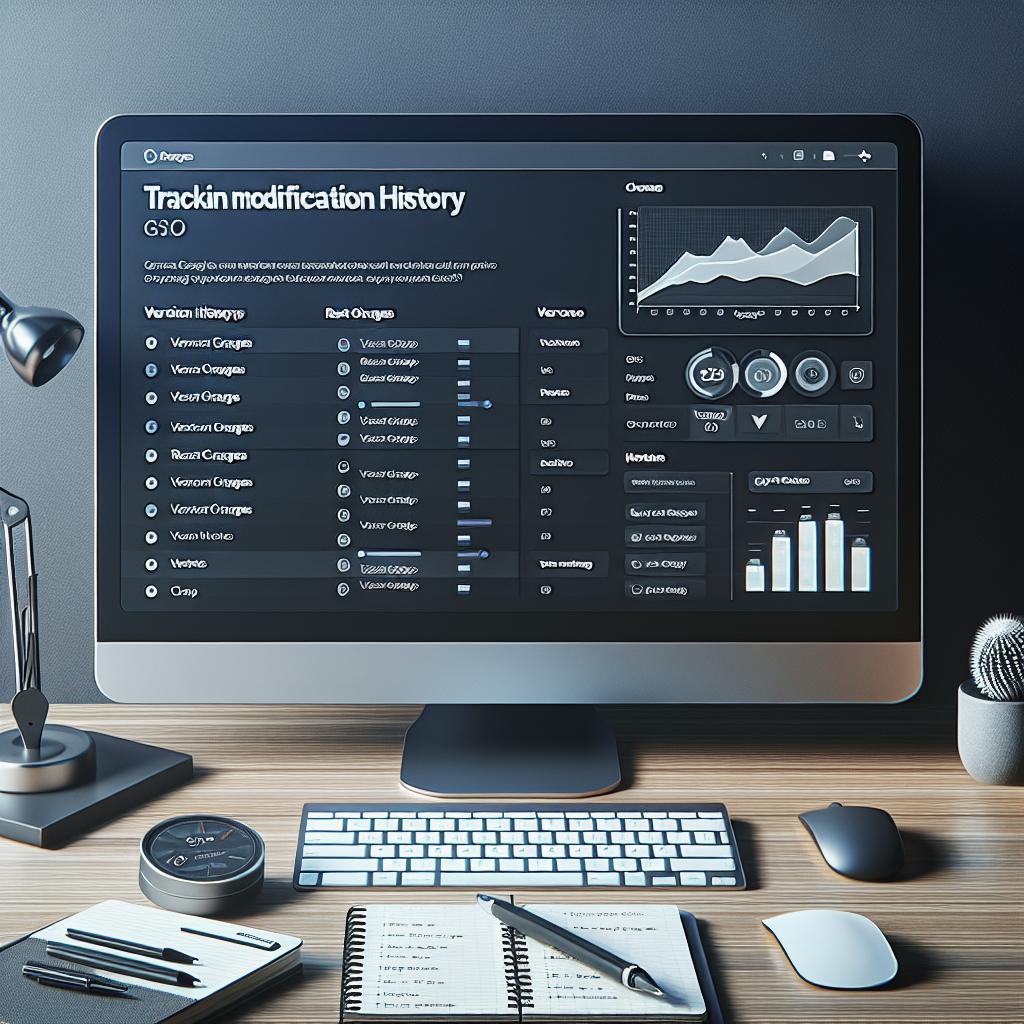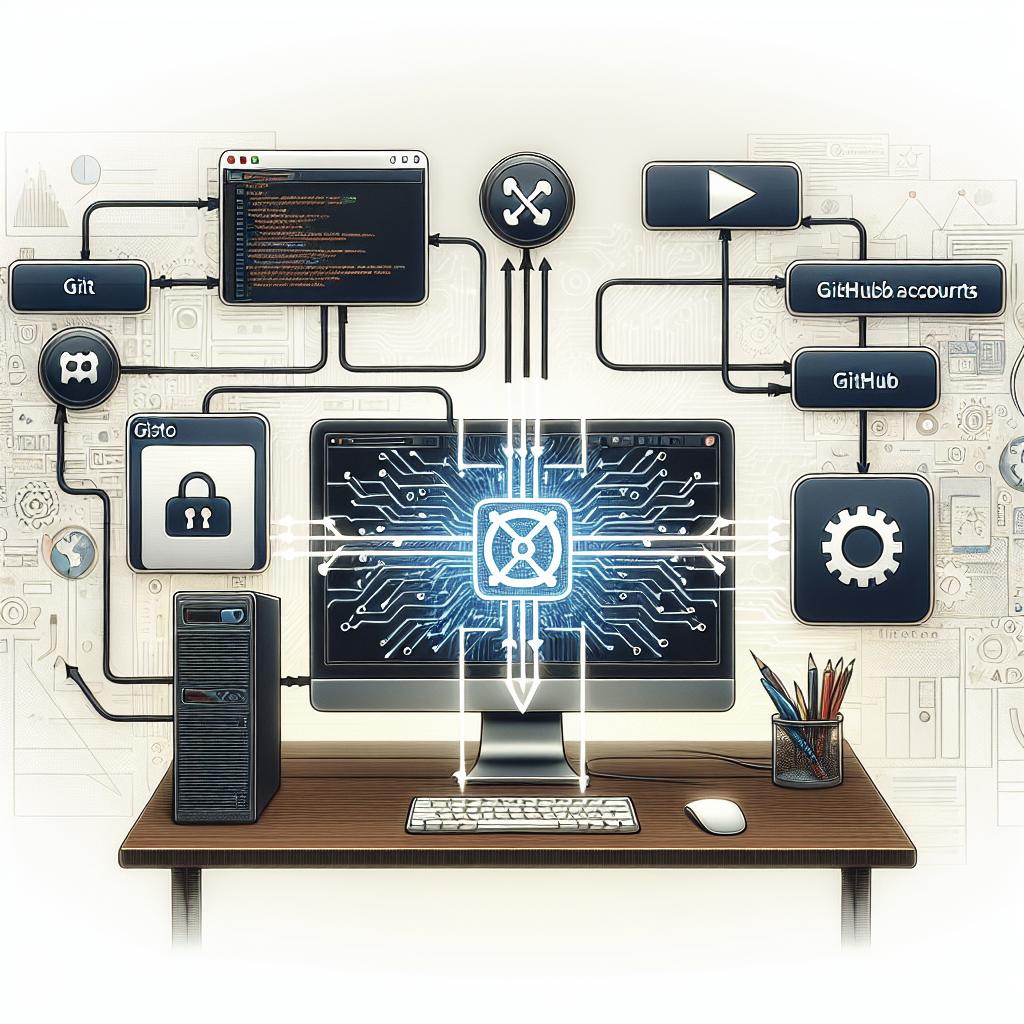Joining a Gisto training webinar is an excellent way for individuals and organizations to stay ahead in their respective fields. Whether you’re looking to enhance your skills, learn about new trends in technology, or simply stay updated with industry insights, Gisto’s webinars offer a wealth of resources. This blog post explores the ins and outs of these webinars, detailing how they differ from ordinary meetings, the various features they offer, valuable tips for maximizing benefits before, during, and after the sessions, and answers to common questions about participation and scheduling. Plus, we’ll take a glimpse into the future of onboarding with automation, enhancing your learning experience even further.
How webinars are different from ordinary meetings
Webinars are fundamentally different from ordinary meetings in several ways. At their core, webinars are designed to focus on delivering content to a large audience, often with the primary goal of educating or training attendees. Unlike regular meetings, which are typically interactive and involve multiple participants engaging in discussion, webinars are more presentation-centric. This focus allows the host to convey information in a structured manner, often with the help of slides, videos, and other multimedia tools. Another notable difference is the scope. Regular meetings are usually limited in size, catering to smaller groups, whereas webinars can accommodate hundreds or even thousands of participants simultaneously. This scalability makes webinars an invaluable tool for organizations looking to reach and educate a larger audience. Moreover, webinars often include features such as Q&A sessions, polls, and chats to foster interaction, albeit in a more controlled manner than usual meetings.
Webinar features
Registration
A crucial first step in attending any Gisto webinar is the registration process. This system helps manage attendee information and ensures that only registered individuals can access the webinar, thus creating a more secure environment. Participants are often required to fill out a form with basic details such as name, email address, and sometimes additional information like their job role or specific interests related to the webinar topic. This collected data can also help hosts tailor the webinar content to better suit the audience. Registration isn’t just about gathering information; it also provides benefits to attendees. Often, immediate access to supplementary materials or preparatory content is granted upon registration. This means that participants can come prepared to the webinar, having already reviewed some introductory materials or whitepapers related to the webinar topic, making the session more effective and enriching.
Branded themes
One of the standout features of Gisto webinars is the use of branded themes. These themes help maintain consistency with an organization’s brand identity and enhance the professional look and feel of the webinar. A well-branded webinar not only looks visually appealing but also helps reinforce the company’s brand message and values throughout the presentation. This consistency can be crucial for building a strong brand image and increasing recognition among the audience. Moreover, a branded theme creates a cohesive experience for attendees, which can be particularly important when the webinars are part of a larger marketing or educational campaign. Elements such as customized backgrounds, company logos, and color schemes are meticulously integrated into the webinar platform, ensuring that the branding is seamless from start to finish.
Presenter bios
Webinars often feature presenters who are experts in their respective fields, and Gisto webinars are no exception. Presenter bios are typically provided to give the audience insight into who will be speaking and their qualifications. This information can be pivotal in building trust and credibility among participants. Knowing the background and expertise of a presenter can increase engagement, as attendees can better appreciate the knowledge and experience being shared. In addition to boosting credibility, presenter bios also serve to humanize the webinar experience. They allow participants to connect more personally with the speakers, perhaps finding common ground or shared interests. This connection can lead to a more engaging and interactive session, resulting in a richer learning experience.
Webinar reports
After the conclusion of a Gisto webinar, detailed reports are often generated to provide insights into various aspects of the session. These reports can include attendance data, participant engagement metrics, poll results, and more. Such comprehensive reporting is invaluable for hosts and organizers, as it helps them understand what worked well and what didn’t, allowing them to refine and improve future webinars. For attendees, these reports can offer additional value as well. They often receive access to summaries or key takeaways from the webinar, which can serve as a handy reference. Moreover, some reports include follow-up resources or recommended actions, helping participants to apply the knowledge they’ve gained effectively.
Webinar tips
Before the webinar
Preparation is key to getting the most out of a Gisto webinar. Before the session, ensure you have registered and received any preparatory materials that might have been shared. Reviewing these materials can provide a foundational understanding of the topic and prime you for the discussion. Also, check your technology setup to avoid any technical glitches. Make sure your internet connection is stable, your computer software is up to date, and that you have any necessary plugins installed if required. It’s also beneficial to familiarize yourself with the webinar platform. Spend a few minutes exploring the interface, locating features such as the chat box, Q&A section, and any interactive tools that will be utilized. This preemptive exploration allows you to navigate the platform effortlessly during the webinar, ensuring you can participate fully without interruptions.
During the webinar
Active participation during the webinar can significantly enhance your learning experience. Take notes on key points and insights shared by the presenters. Engaging with the material in this manner helps reinforce learning and makes it easier to recall the information later. Also, don’t hesitate to ask questions or participate in polls and discussions. Interaction not only aids personal understanding but also contributes to the collective learning of all participants. Managing distractions is also essential during the session. Create a conducive environment for learning by minimizing noise and interruptions. If possible, make use of features such as full-screen mode to focus entirely on the webinar content. This level of engagement ensures you can absorb the maximum value from the session.
After the webinar
The learning doesn’t stop once the webinar ends. Take the time to review any follow-up materials or recordings provided by the organizers. These resources can serve as valuable references and help reinforce your understanding of the topics covered. Moreover, consider reaching out to the presenters or other attendees if you have further questions or wish to network. Building connections can extend your learning opportunities beyond the webinar itself. Reflecting on the content and your takeaways is also a crucial step. Identify how the information aligns with your goals and how you can practically apply what you’ve learned. This proactive approach ensures that the knowledge gained from the webinar translates into actionable insights that benefit your personal or professional endeavors.
Who can schedule a webinar?
Scheduling a Gisto webinar is generally reserved for individuals or organizations with specific expertise or insights they wish to share. Typically, these are industry professionals, educators, business leaders, or thought leaders who possess a deep understanding of their subject matter. By leveraging the Gisto platform, these individuals can reach a wider audience, sharing their knowledge and insights efficiently. Organizations can also schedule webinars as part of their marketing strategy, employee training programs, or client education initiatives. Whether you’re a startup aiming to establish thought leadership or an established corporation looking to train your employees, scheduling a webinar through Gisto can be an effective way to achieve these goals. The platform offers a range of tools to customize and optimize the webinar experience, ensuring it meets your specific needs.
Who can register for a webinar?
Registration for Gisto webinars is generally open to anyone with an interest in the subject matter being presented. This inclusivity makes webinars an excellent resource for individuals looking to expand their knowledge or skills in a particular area. Whether you’re a student, a professional, or just someone keen on learning something new, these webinars offer a valuable opportunity. In some cases, access may be restricted to specific groups such as members of a particular organization or clients of a specific company. These exclusive webinars often offer more specialized content tailored to the needs and interests of a particular audience. Nonetheless, the majority of Gisto webinars are designed to be accessible to a broader audience, making valuable educational resources widely available.
What’s next?
Reimagining Onboarding with Automation
As we look to the future, one exciting development in the world of webinars and online training is the integration of automation in onboarding processes. Automation can significantly streamline the onboarding experience, making it more efficient and effective. For instance, automated pre-webinar assessments can help tailor the content to suit the participants’ existing knowledge levels, ensuring that everyone gets the most out of the session. Post-webinar automation can also add immense value. Automated follow-ups can provide participants with personalized learning paths based on their engagement and performance during the webinar. This not only enhances the educational experience but also ensures that the knowledge gained is effectively retained and applied. The integration of automation in onboarding and training webinars represents a significant step forward in optimizing the way we learn and grow.
Summary of main points
“`html
| Section | Summary |
|---|---|
| How webinars are different from ordinary meetings | Webinars focus on content delivery to a large audience with features such as presentations, Q&A, and polls, while ordinary meetings are more interactive and smaller in scale. |
| Registration | Requires participants to fill out forms to manage attendee information and provide materials for better preparation. |
| Branded themes | Help maintain organizational branding throughout the webinar for a consistent and professional look. |
| Presenter bios | Provide information about the speakers to build trust and engagement with the audience. |
| Webinar reports | Offer insights into attendance, engagement, and provide follow-up resources for continuous learning. |
| Before the webinar | Importance of reviewing preparatory materials and setting up technology to ensure a smooth experience. |
| During the webinar | Active participation, note-taking, and minimizing distractions to maximize learning. |
| After the webinar | Reviewing follow-up materials, networking, and reflecting on key takeaways for practical application. |
| Who can schedule a webinar? | Industry professionals, educators, business leaders, and organizations aiming to share knowledge or train employees. |
| Who can register for a webinar? | Anyone interested in the subject matter, with some webinars tailored for specific groups. |
| What’s next? | Future trends in webinar training include the integration of automation to streamline onboarding and enhance learning experiences. |
“`


